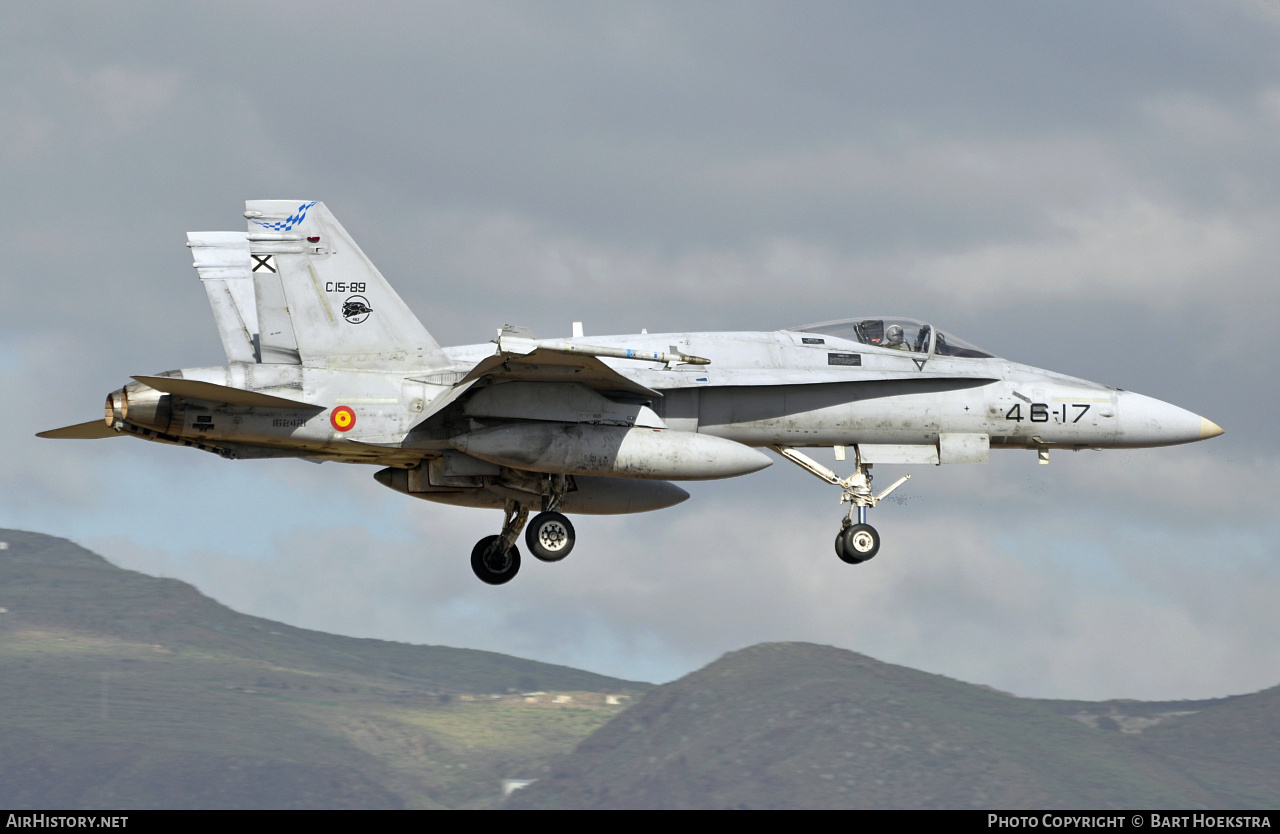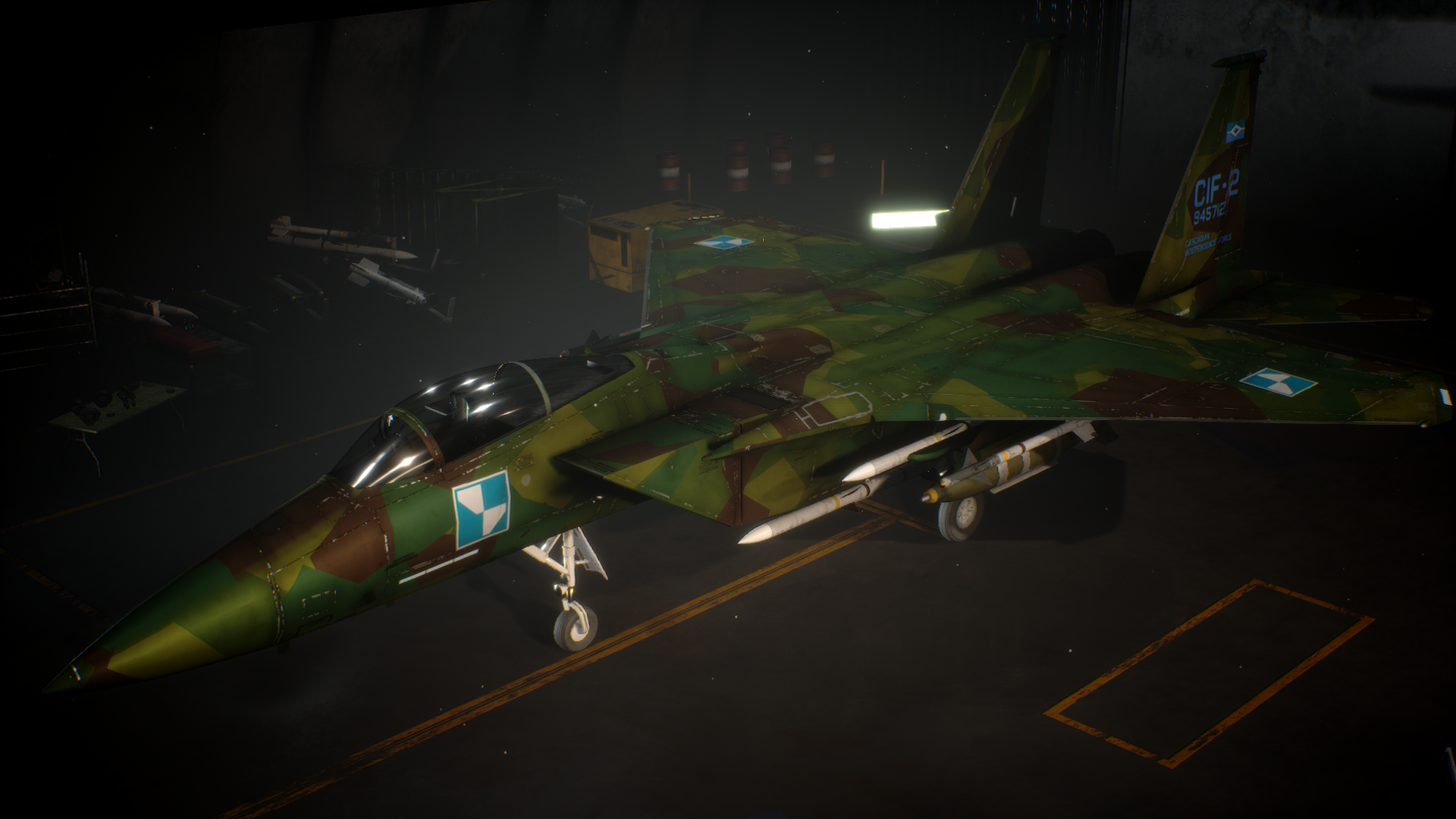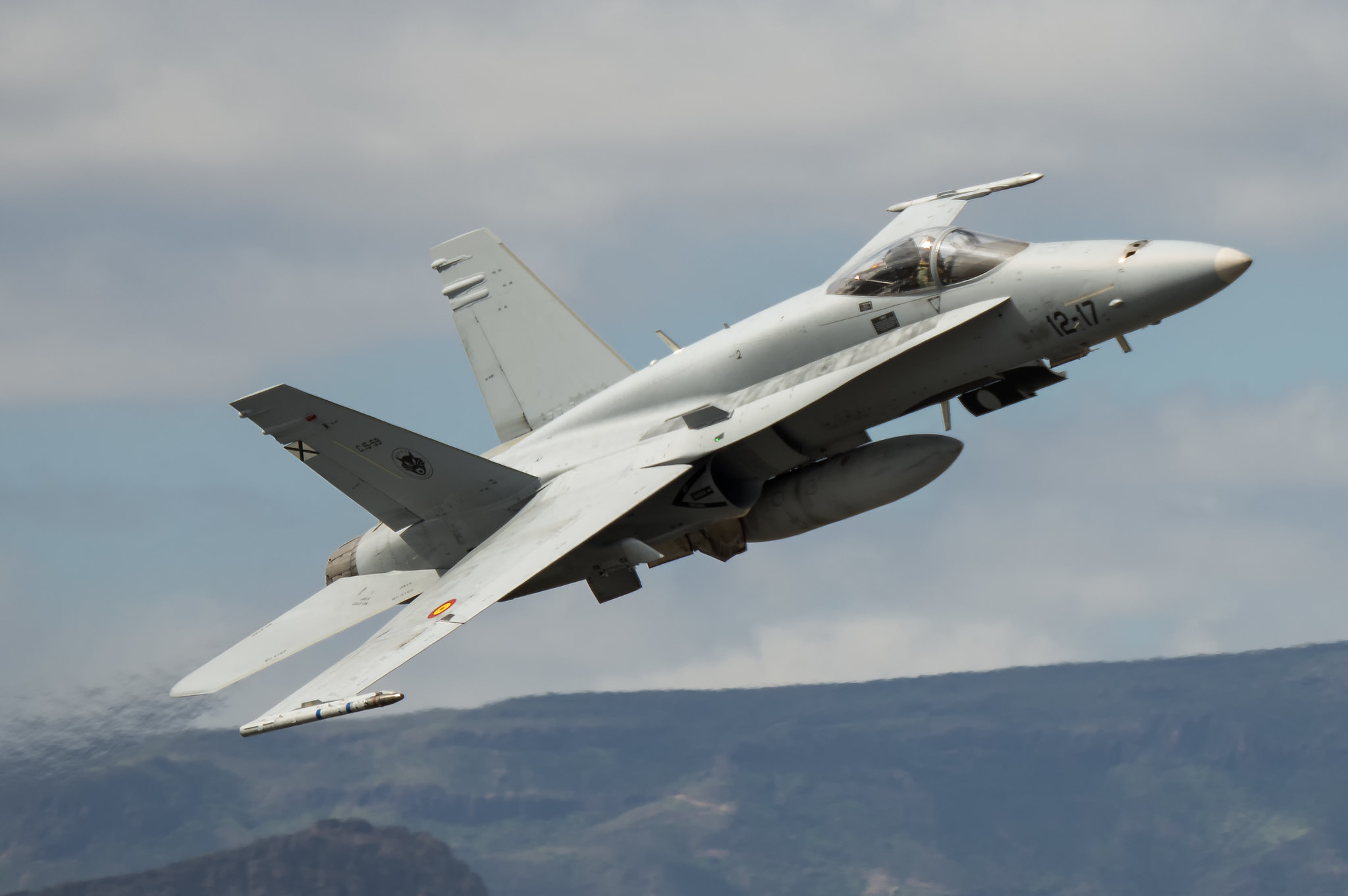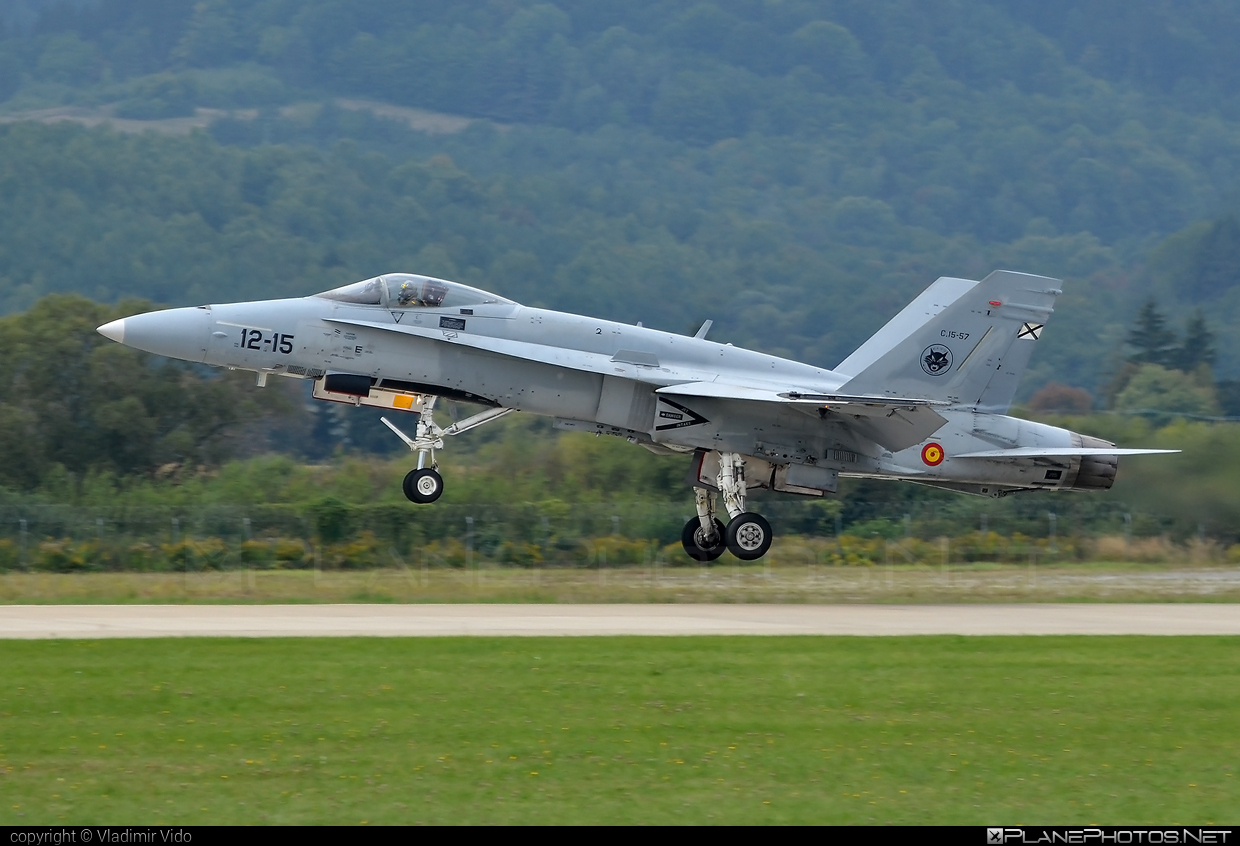C 15 Aircraft - Nearly all of the Army's air-transportable equipment such as a 69-ton M1 Abrams main battle tank, armored vehicles, trucks and trailers, as well as other cargo, is loaded onto the C-17 through a large aft ramp and door system.
Additionally, the cargo floor has rollers that can be flipped from a flat floor, to accommodate wheeled or tracked vehicles, to rollerized conveyors to accommodate palletized cargo. The largest-ever fuel drop occurred recently when a C-17 dropped 120 bundles of fuel to a remote base in the Middle East.
C 15 Aircraft

Currently, there are 157 C-17s in Air Force active duty, 47 with the Air National Guard and 18 in the Air Force Reserve. The C-17 is operated by Air Mobility Command from Travis AFB, California, Dover AFB, Delaware, Joint Base Lewis-McChord, Washington, Joint Base Charleston, South Carolina, and Joint Base McGuire-Dix-Lakehurst, New Jersey.
Train The Way You Operate
Pacific Air Forces operate C-17s from Joint Base Elmendorf-Richardson, Alaska, and Joint Base Pearl Harbor-Hickam, Hawaii. The Air National Guard operates C-17s from Jackson, Mississippi, Stewart ANG Base, New York, Memphis, Tennessee, Martinsburg, West Virginia, and Charlotte, North Carolina.
The Air Force Reserve Command operates C-17s at March Air Reserve Base, California, and Wright Patterson AFB, Ohio. Air Force Materiel Command has one C-17 on loan from JB Charleston to conduct tests at Edwards AFB, California.
Air Education and Training Command performs C-17 aircrew training from Altus AFB, Oklahoma. The horizontal 'T-tail' on the C-17 is used to avoid large downwash from high-lift systems. The horizontal tail has a total area of 845 sq ft.
It's 65 feet wingspan gives it a 5.0 aspect ratio and it has a 27-degree sweep. The first 50 C-17s had horizontal tails that were made of metal. But in the late 1990s, Boeing transitioned it to a composite tail.
All C-17 aircraft from No. 51 on contains the lighter, less expensive horizontal tail. It has 2,000 fewer parts and 42,000 fewer fasteners than the metal unit, and weighs about 500 pounds less - approximately a 20 percent weight reduction.
The design of the aircraft allows it to operate through small, austere airfields. High-lift wing, slats, and externally blown flaps allow the C-17 to take off and land on runways from 2,300 to 3,500 feet (1,064 meters) and only 90 feet wide (27.4 meters).
Even on such narrow runways, the C-17 can turn around using a three-point star turn and its backing capability. The Air Force describes an austere runway as, “runways are usually less than 4,000 feet long and can be as narrow as 60 feet.
Payloads may be constrained by runway length and weight-bearing capacity. There is less than 100,000 square feet of ramp space accessed by way of a single narrow taxiway and there are no turnaround areas at either end of the runway.

Ground support and equipment are usually nonexistent.” The C-5 is distinct for having both front and rear cargo ramps, allowing for much faster load and offload operations. Other features of the C-5 include its ability to operate on runways 6,000 feet long (1,829 meters);
five landing gear totaling 28 wheels to distribute the weight and a "kneeling" landing gear system that permits lowering the parked aircraft to facilitate drive-on/drive-off vehicle loading and adjusts the cargo floor to standard truck-bed height.
The C-5 also has the distinctive high T-tail, 25-degree wing sweep, and four turbofan engines mounted on pylons beneath the wings. The YC-15 first flew on Aug. 26, 1975, and a competitive fly-off against its Boeing competitor was completed in 1977. However, the Air Force decided against the AMST aircraft and terminated the program.
On Dec. 10, 1979, it formally canceled the AMST program for both the YC-14 and the YC-15. This resulted in the development of the C-X (Cargo Transport Aircraft-Experimental) — the future C-17. The C-17 made its maiden flight on Sept.
15, 1991, and the first production model was delivered to Charleston Air Force Base, now identified as Joint Base Charleston, S.C., on June 14, 1993. The first flight to Charleston AFB was piloted by then-Air Force chief of staff, Gen
. Merrill McPeak. The C-17 program was delivered under controversy about avionics glitches and external/aesthetic mishaps. The entire program was valued at $42 billion in 1993. Charleston Air Force Base joined with Naval Weapons Station Charleston to become Joint Base Charleston in 2010.
Currently, 275 C-17s operate around the world. The aircraft's largest customer is the United States Air Force, with 223 in 12 bases. Outside of that country, the United Kingdom, Australia, Canada, Kuwait, Qatar, the United Arab Emirates, India and the 12-nation Strategic Airlift Capability all operate the C-17 Globemaster III.
The C-17 Globemaster III can carry a cargo of wheeled U.S. Army vehicles in two side-by-side rows. A wide array of vehicles can be carried in various scenarios. The heaviest and most impressive is the U.S.
Army's main battle tank, the M-1 Abrams. The M-1 Abrams battle tank weighs roughly 120,000 pounds – only one can be located in the C-17 but other wheeled vehicles can fit around the tank as well.
If there's no tank onboard, three Bradley Fighting Vehicles fit in the cargo bay of the C-17. Four Pratt & Whitney F117-PW-100 turbofan engines, which are based on the commercial Pratt and Whitney PW2040 used on the Boeing 757, power a C-17 Globemaster III.

Each engine is rated at 40,440 pounds of thrust and includes thrust reversers that direct the flow of air upward and forward to avoid ingestion of dust and debris. The engine weighs 7,100 pounds and measures 146.8 inches long.
The inlet diameter of the engine is 78.5 inches, the maximum diameter of the engine is 84.5 inches long, it has a bypass ratio of 5.9 to 1, and an overall pressure ratio of 30.8 to 1.
Built in response to an U.S. Air Force request for an advanced medium short-takeoff-and-landing (STOL) transport (AMST), McDonnell Douglas built two YC-15 prototypes to replace the Lockheed C-130 Hercules tactical transport. They were to be used on short, undeveloped fields, and Bell, Boeing, Fairchild, Lockheed and McDonnell Douglas submitted proposals in March 1972. Boeing and McDonnell Douglas won contracts to design and build the transport;
the Boeing version was designated the YC-14 and the McDonnell Douglas, the YC-15. Truly, a Globemaster. Currently, 274 C-17s operate around the world. The aircraft's largest customer is the United States Air Force, with 223 in 12 bases.
Outside of that, the United Kingdom, Australia, Canada, Kuwait, Qatar, the United Arab Emirates, India and the 12-nation Strategic Airlift Capability all operate the C-17 Globemaster III. It has played an integral role in global strategic airlift and significant delivery of humanitarian aid.
C-17 support for relief efforts includes Pakistan, Haiti, Chile, China, Myanmar, and Thailand and is the primary airlifter for military operations around the world. One YC-15 (Serial No. 72-1876) was stored at Davis-Monthan Air Force Base, Ariz., and scrapped in March 2012. The last remaining YC-15 (Serial No. 72-1875) is on display near the
West Gate of Edwards Air Force Base, Calif. Developed in the 1960s to replace the C-133 Cargomaster and to compliment the smaller C-141 Starlifter, the C-5 Galaxy experienced a rocky design phase, plagued with wing cracks that delayed deployment of the aircraft until 1970. The latest C-5M
Super Galaxy is designed with modern avionics and flight instruments and is set to remain in service through 2040. Maximum payload capacity of the C-17 is 172,000 pounds (77,519 kilograms), and its maximum gross takeoff weight is 585,000 pounds (265,352 kilograms).
A document by the U.S. General Accounting Office from 1984 stated that data provided by the Air Force and McDonnell Douglas Corporation, the C-17 contractor, show that the C-17 is designed to carry its 172,200 pound maximum cargo load an un-refueled distance of about 2,900 nautical miles
. This data also shows that the C-17 will be able to land in 2,370 feet with a cargo load of 170,000 pounds. Landing on remote, unprepared runways is a difficult task. One of the main benefactors allowing the C-17 Globemaster III the ability to do so is its wings.

The wings of the C-17 wings amass a total of 3,800 sq ft. They contain a 7.165 aspect ratio, 35 degree sweep angle, and supercritical airfoil. It's wing flaps are fixed-vane, double-slotted, and simple-hinged. A 'supercritical' wing is an advanced airfoil design that enhances the range, cruising speed and fuel efficiency of jet aircraft by producing weaker shock waves that create less drag and permit high efficiency.
The YC-15 could hold 90 percent of all Army combat vehicles, including a 62,000-pound (28,122-kilogram) extended-barrel, 8-inch (203 mm) self-propelled howitzer. Vehicles were loaded through rear fuselage doors with built-in ramps. The YC-15 introduced a number of innovative features, such as externally blown flaps, which used double-slotted flaps to direct part of the jet exhaust downwards, while the rest of the exhaust passed through and downward over the flaps, introducing the Coanda effect
. It was also the first military aircraft with a supercritical airfoil. Every major worldwide operation since the 1990s. That's how often the C-17 has dropped cargo or assisted other branches of the military. The C-17 Globemaster III has an illustrious history of both combat performance as well as humanitarian aid.
In recent years the C-17 played an integral role in helping Puerto Rico after massive flooding, in Yemen delivering food and supplies to refugees, in Haiti delivering relief supplies, and even delivering a fire truck to emergency responders in Guatemala.
A high-wing, four-engine, T-tailed military transport aircraft, the multi-service C-17 can carry large equipment, supplies and troops directly to small airfields in harsh terrain anywhere in the world. The massive, sturdy, long-haul aircraft tackles distance, destination and heavy, oversized payloads in unpredictable conditions.
It has delivered cargo in every worldwide operation since the 1990s. Boeing has partnered with the U.S. Air Force on C-17 sustainment since the delivery of the first aircraft in 1993. With a focus on high performance at an affordable cost, Boeing provides sustainment and maintenance for global C-17 customers in eight allied countries.
The C-17 fleet has a best-in-class combined dollar per flight hour and mission capable rate, performing at the highest level of readiness worldwide. In 2015, inside Boeing's Long Beach manufacturing facility, C-17 employees pieced together the nose, center fuselage, wings, and tail for the last time.
Or so they thought. Boeing, which absorbed McDonnell Douglas after the C-17 was designed and built, now runs the C-17 program. Plane 279 marked the final, "major join," of the C-17, and was the final plane to come off the assembly line.
However, the United States recently entered into an agreement to sell one C-17 Globemaster III to India. This means the Boeing manufacturing plant will pump out at least one more C-17. Thrust reversers. One of the coolest C-17 facts is that each engine is rated at 40,440 pounds of thrust and includes thrust reversers that direct the flow of air upward and forward to avoid ingestion of dust and debris.
A fully-loaded aircraft on the ground can employ its thrust reversers and back up a 2-percent slope. For an aircraft as massive as the C-17, that's impressive. The C-17 thrust-reversers also aid in a quick turn around on a limited runway using a three-point turn.

Airdrops are one of the primary features the C-17 was designed for. The C-17 can drop a single 60,000-pound payload, with sequential load drops of 110,000 pounds. The Loadmaster is in charge of loading and balancing the cargo properly.
An airdrop is usually a coordinated effort between the Air Force and the Army. "The airdrop represents a very significant mission — delivering needed supplies while reducing the burden and risk on our Army helicopter and maintenance crews," said Army Chief Warrant Officer 2 David Beville, 3rd Infantry Division Resolute Support Sustainment Brigade.
Under the Globemaster III Sustainment Program contract, Boeing is fully responsible and accountable for total weapon system availability executing program management, sustaining logistics, material and equipment management, sustaining engineering and depot-level aircraft maintenance. On-site base support includes personnel for base management and operations support, field services and engineering technical support and 24/7 base supply support for spares.
The unit price for one C-17 Globemaster II was $202.3 million (fiscal 1998 constant dollars). That translates to roughly $312.8 million in today's dollars. The United States recently entered into an agreement with India to sell one C-17.
The C-17 was outfitted with all of the latest avionics updates and priced at $366.2 million. The cost-per-flight hour of the C-17 is $23,811 which is significantly cheaper than the next step up in transport aircraft.
The C-5 Galaxy costs $78,817 per flight hour. The C-17 measures 174 feet long (53 meters) with a wingspan of 169 feet, 10 inches (51.75 meters). Compared to other transport/cargo aircraft in the U.S. Air Force inventory, like the C-5 and C-130, these specifications place the C-17 Globemaster III right in the middle in size.
The C-130 measures 97 feet, nine inches long with a wingspan of 38 feet, 10 inches. The C-5 – the largest of the three – measures 247 feet, 10 inches long with a wingspan of 222 feet, nine inches.
The large aircraft is operated by only a crew of three. The pilot, co-pilot and loadmaster are the three positions necessary to deliver the rapid strategic delivery of troops and all types of cargo to main operating bases or directly to forward bases in the deployment area.
Having a crew of three reduces manpower requirements, risk exposure and long-term operating costs. A standard crew of five is added for aeromedical evacuation missions. Medical crew, which includes two flight nurses and three medical technicians, may be altered by the needs of patients.
Boeing provides comprehensive C-17 Globemaster III training solutions for aircrews and loadmasters with advanced simulation, courseware and computer-based training. C-17 operators can practice the complete range of tasks required for tactical military airlift operations and humanitarian missions, along with rehearsal of other scenarios such as aerial refueling and emergency procedures.

The Instrument Display in the C-17 cockpit is equipped with 2 full-time all-function head-up displays (HUD) and 4 multi-function active matrix liquid crystal displays. The C-17 Globemaster III flight control system maintains a quadruple-redundant electronic flight control with mechanical backup system.
A recent upgrade to the C-17 avionics includes new mission displays and computers as well as new software for the warning and caution system. The new software is courtesy of Northrop Grumman Navigation Systems. One of the largest aircraft in the world, the C-5 Galaxy is the primary lift aircraft in the U.S.
military for moving oversized cargo to global theaters of operation. The newest C-5M Super Galaxy has the capability to lift two M1 Abrams tanks and can transport nearly a company of troops and gear anywhere in the world with aerial refueling.
The YC-15 had four engines, while the Boeing version had two. The YC-15 used large, double-slotted flaps that extended over 75 percent of the wingspan to enhance STOL capabilities. To save costs, it used a modified DC-8 nosewheel unit and the DC-10 cockpit, adapted for a two-person crew, with two lower windows for visibility during short-field landings.
Tanks, vehicles and cargo aren't the only things the C-17 Globemaster III was designed to carry. Delivering a load capacity of troops is paramount to the success of the military in question. The C-17 seats 54 soldiers on the sidewall and 48 in the centerline.
27 soldiers on each side of the sidewall, with an 18-inch seat. The centerline seats 48 soldiers in eight sets of six back-to-back seats. Or instead of the centerline, a C-17 can sit 80 soldiers on eight pallets in addition to the sidewall, for a maximum troop capacity of 134.
The first squadron of C-17s, the 17th Airlift Squadron, was declared operationally ready Jan. 17, 1995. The Air Force originally entered into a contract with McDonnell Douglas to buy 120 C-17s. Despite a rocky beginning, the USAF took note of the unrivaled success of the C-17 to accomplish various mobility missions.
Because of this, additional aircraft were acquired, resulting in a final fleet of 223 aircraft. The 17th Airlift Squadron began its existence at Hamilton Field, California in February 1942 as the 17th Air Corps Ferrying Squadron and has since flown a variety of aircraft to include the C-46, C-47, C-54, C-124, C
-141 and C-17. Although the aircraft and name of the squadron have changed over the years, the job of the 17th AS has always been air transport.
douglas c 47 aircraft, c 17 aircraft carrier, yc15, c 147 aircraft photos, douglas c 74 globemaster wikipedia, c 17 aircraft cost, mcdonnell douglas military aircraft, air force c 146 aircraft